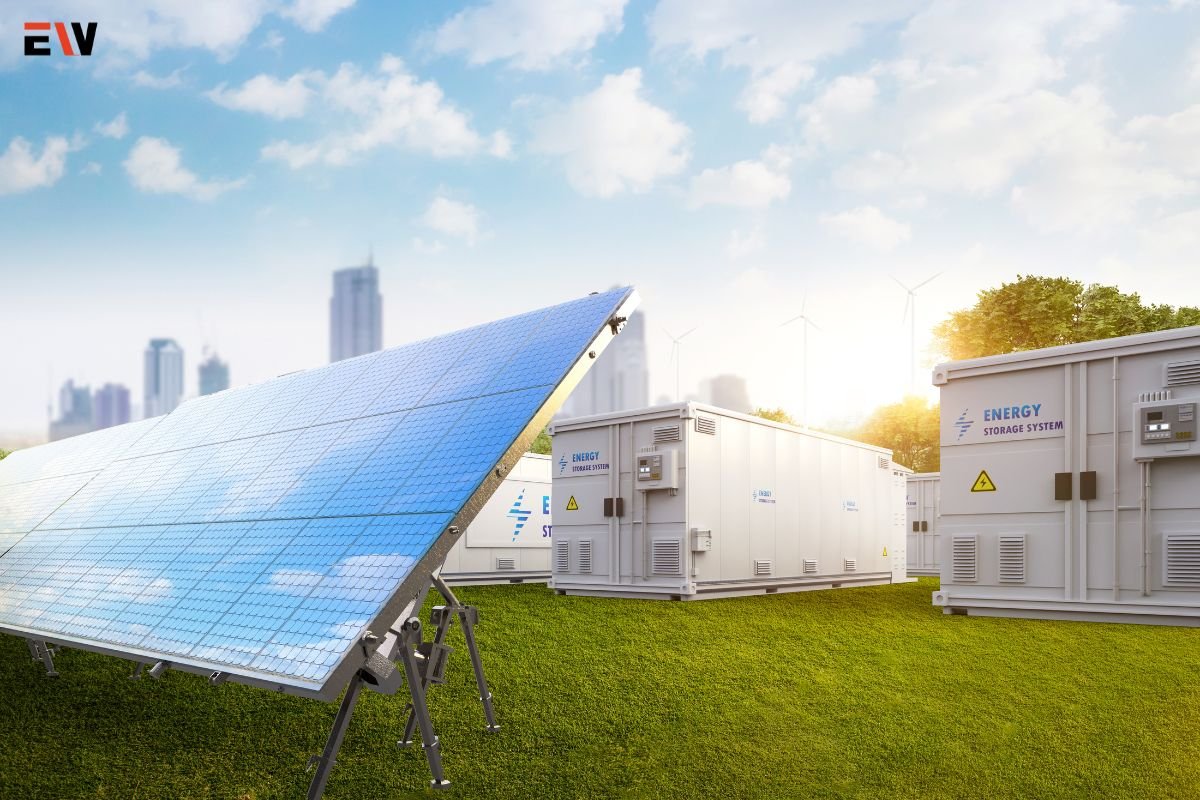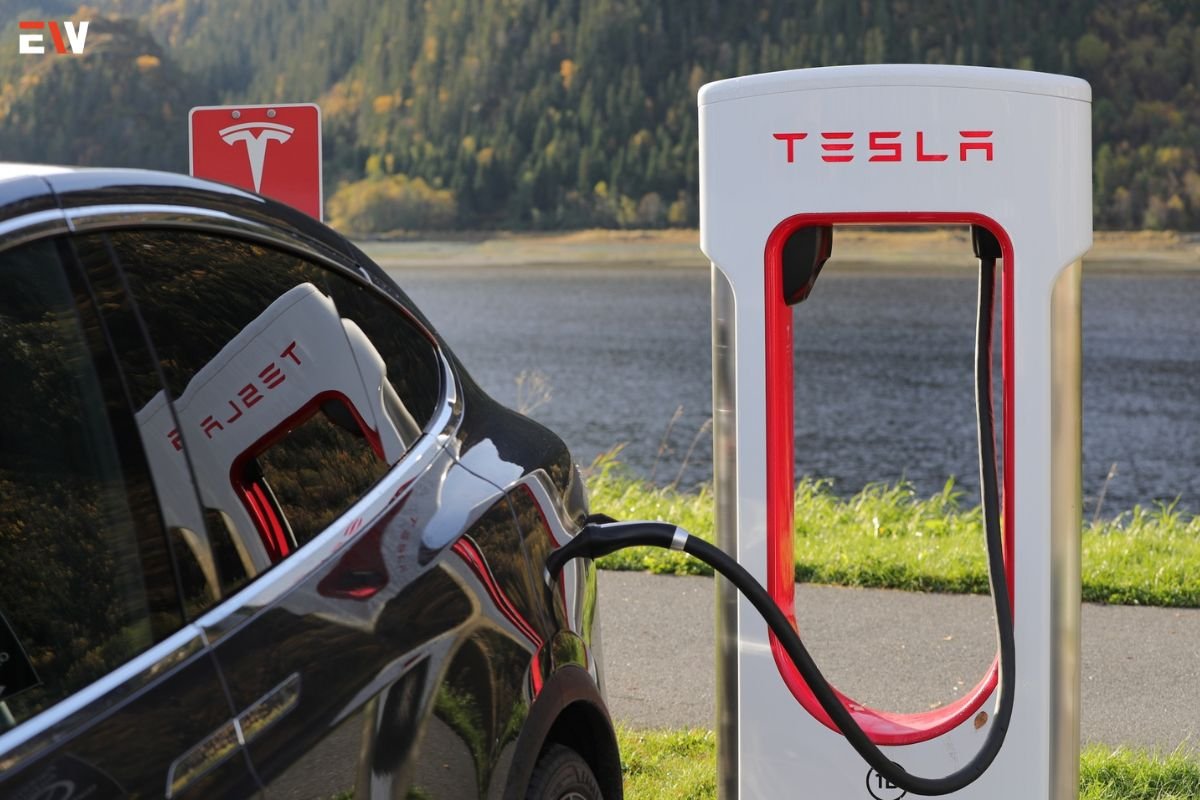In the quest for a more sustainable future, organizations and communities worldwide are championing innovative initiatives that pave the way for environmental stewardship and eco-friendly practices. Sustainable initiatives go beyond mere compliance—they represent a commitment to integrating sustainability into every aspect of operations, from reducing carbon footprints to fostering community engagement. This guide explores ten impactful sustainable initiatives that are shaping a greener future, offering insights into their goals, strategies, and successes.
10 Sustainable Initiatives
1. Circular Economy Models
Circular economy models are revolutionizing how we think about waste and resource management. Unlike traditional linear models, which follow a “take-make-dispose” pattern, circular economies aim to close the loop by reusing, recycling, and regenerating products and materials.
Example: Companies like Patagonia and IKEA have embraced circular principles by designing products for longevity, repairability, and recyclability. Patagonia’s Worn Wear program encourages customers to repair and recycle their gear, while IKEA’s recycling initiatives focus on using sustainable materials and designing for disassembly.
Impact: Circular economy models reduce waste, lower resource consumption, and promote a more sustainable use of materials, leading to significant environmental benefits.
2. Renewable Energy Integration
Integrating renewable energy sources into power grids is a cornerstone of sustainable development. By shifting away from fossil fuels and investing in clean energy alternatives like solar, wind, and hydro power, we can significantly reduce greenhouse gas emissions and combat climate change.

Example: The Solar Energy Industries Association (SEIA) highlights numerous successful renewable energy projects, including large-scale solar farms and community solar programs. For instance, the Ivanpah Solar Electric Generating System in California demonstrates how solar power can provide clean energy to thousands of homes.
Impact: Renewable energy integration helps lower carbon footprints, provides cleaner air, and supports the transition to a more sustainable energy future.
3. Green Building Practices
Green building practices focus on designing and constructing buildings in ways that are environmentally responsible and resource-efficient. This includes using sustainable materials, improving energy efficiency, and reducing water usage.
Example: The LEED (Leadership in Energy and Environmental Design) certification program, managed by the U.S. Green Building Council, sets standards for green building practices. Buildings like the One World Trade Center in New York City achieve high LEED ratings by incorporating energy-efficient systems and sustainable materials.
Impact: Green building practices lead to reduced operational costs, improved indoor environmental quality, and lower environmental impact.
4. Sustainable Agriculture Practices
Sustainable agriculture focuses on farming methods that are environmentally friendly, economically viable, and socially responsible. This includes practices such as organic farming, agroforestry, and conservation tillage.
Example: The Rodale Institute promotes organic farming and regenerative agriculture through research and education. Their methods enhance soil health, reduce pesticide use, and support biodiversity.
Impact: Sustainable agriculture practices improve soil quality, reduce chemical use, and promote long-term food security.
5. Corporate Social Responsibility (CSR) Initiatives
Corporate Social Responsibility (CSR) initiatives are strategies that companies use to manage their social, environmental, and economic impacts. Effective CSR programs integrate sustainability into business operations and promote ethical practices.
Example: Ben & Jerry’s exemplifies CSR through its commitment to fair trade, environmental sustainability, and social justice. The company actively supports climate action and strives to reduce its carbon footprint.
Impact: CSR initiatives enhance brand reputation, build stakeholder trust, and contribute to positive social and environmental outcomes.
6. Water Conservation Programs
Water conservation programs aim to manage and reduce water usage to ensure that this vital resource is preserved for future generations. These programs often include strategies for reducing water waste, improving efficiency, and protecting water sources.

Example: The WaterSense program, managed by the U.S. Environmental Protection Agency (EPA), promotes water-efficient products and practices. Initiatives like low-flow fixtures and water-efficient landscaping help conserve water in homes and businesses.
Impact: Water conservation programs reduce water consumption, lower utility bills, and protect aquatic ecosystems.
7. Waste Reduction and Management
Effective waste reduction and management strategies are essential for minimizing landfill use and promoting recycling and composting. These strategies aim to reduce waste generation and improve the management of waste materials.
Example: The Zero Waste movement encourages communities and organizations to minimize waste through practices like recycling, composting, and waste diversion. Cities like San Francisco have achieved high recycling rates and aim for zero waste through comprehensive waste management programs.
Impact: Waste reduction and management initiatives lower landfill use, decrease environmental pollution, and promote resource recovery.
8. Electric and Hybrid Vehicles
The adoption of electric and hybrid vehicles plays a crucial role in reducing greenhouse gas emissions and dependence on fossil fuels. These vehicles use alternative energy sources and advanced technologies to provide cleaner transportation options.

Example: Tesla is a leader in the electric vehicle market, offering a range of models that feature cutting-edge technology and long-range capabilities. The company’s efforts contribute to the growth of the electric vehicle infrastructure and adoption.
Impact: Electric and hybrid vehicles reduce emissions, lower fuel consumption, and support the transition to sustainable transportation.
9. Sustainable Fashion Initiatives
Sustainable fashion focuses on reducing the environmental and social impact of clothing production and consumption. This includes using eco-friendly materials, promoting ethical labor practices, and encouraging circular fashion.
Example: Stella McCartney is a pioneer in sustainable fashion, incorporating recycled materials and ethical practices into her designs. The brand is committed to reducing waste and promoting transparency in the fashion industry.
Impact: Sustainable fashion initiatives address environmental concerns, promote ethical practices, and support a more sustainable fashion industry.
10. Community-Based Environmental Projects
Community-based environmental projects involve local communities in efforts to protect and restore natural environments. These projects often focus on conservation, education, and fostering community engagement.
Example: The Urban Greening program in cities like Los Angeles and New York City involves planting trees, creating green spaces, and improving urban biodiversity. These projects enhance urban environments and provide ecological benefits.
Impact: Community-based environmental projects strengthen local ecosystems, improve quality of life, and foster environmental stewardship.
Conclusion
Sustainable initiatives are transforming how we approach environmental challenges and build a greener future. By embracing circular economy models, integrating renewable energy, practicing green building, and supporting other innovative initiatives, we can collectively contribute to a more sustainable and resilient world.
These initiatives not only address pressing environmental issues but also offer opportunities for economic growth, social equity, and community development. As we move forward, supporting and participating in sustainable initiatives will be key to creating a positive impact and ensuring a better future for generations to come.










